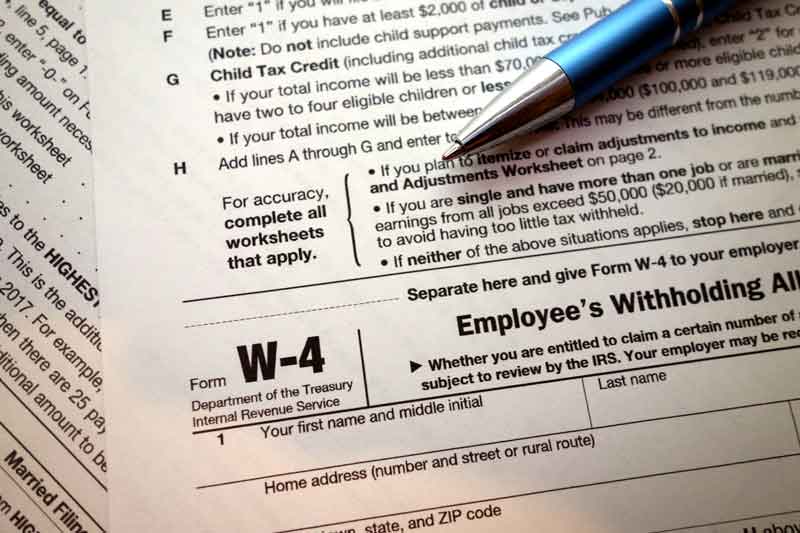Earlier this week the Internal Revenue Service introduced its new Tax Withholding Estimator, a mobile-friendly online tool that will help taxpayers determine the right amount of tax they should withhold each year. This new tool replaces the IRS's old withholding calculator, which was targeted specifically to workers whose wages are reported on Form W-2 . The new Tax Withholding Estimator also lets self-employed workers, retirees, and other taxpayers figure out the right amount of tax withholding based on their wages and/or pension payments.
It can be frustrating when you realize you've overpaid your taxes during the year. The IRS says their average refund to taxpayers tops $2,800...that's cash you could have used during the year or put aside in savings. Even more dismaying is when you go to do your taxes and realize you haven't withheld enough money from your paycheck for Uncle Sam. Not only will you have to pay up, but you may be faced with a penalty!
The Estimator can prevent either scenario from happening. The results from the online tool can be entered onto a W-4 (Employee's Withholding Allowance Certificate) or a W-4P if you receive pension or annuity income. Self-employed workers can adjust their quarterly tax payments accordingly based on the results and pay on the 1040-ES.
Here's what you'll need to get the most accurate estimate from the Estimator:
- Recent pay stubs
- Your most recently filed 1040 to help you estimate 2019 income/characteristics
- Notes about any circumstances that have changed in your life (number of children, marital status, employment, etc.)
The Estimator will ask you to estimate what your 2019 income will be, the number of children you'll be claiming for the Child Tax Credit and Earned Income Tax Credit, and several other items that affect tax withholding. It should take just a few minutes.
If the result you gets shows a figure that's different from what you're already withholding, make sure you fill out a new W-4 with your employer as soon as possible. The longer you wait, the more (or less) will be withheld than you want.
The IRS also has a special note for 2020: They urge taxpayers to recheck their withholding at the beginning of 2020, especially if they've reduced their withholding sometime during 2019. This is because a mid-year change in withholding can have a full-year impact the following year. If a taxpayer does not file a new W-4 for 2020, their withholding might be higher or lower than they intended. So if you want to avoid having too little withheld and paying a steep price for it in April 2021, it will pay to re-check your withholding at the start of 2020.
The IRS recommends that taxpayers who have more complex tax situations use the instructions in Publication 505: Tax Withholding and Estimated Tax to determine the correct withholding. These taxpayers include those who owe alternative minimum tax or certain other taxes, and/or those with long-term capital gains or qualified dividends.
Others are reading














Comment